-
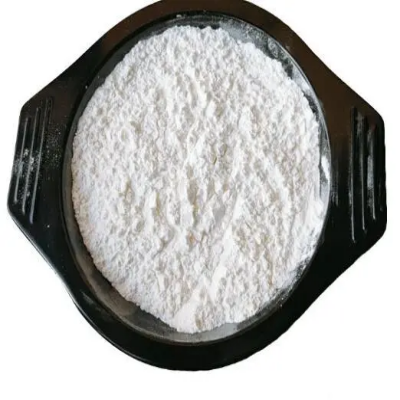
1,1μ-Bis(di-cyclohexylphosphino)ferrocene palladium dichloride CAS:917511-90-1
1,1′-Bis(di-cyclohexylphosphino)ferrocene palladium dichloride is a coordination complex comprising a central palladium atom bonded to two molecules of 1,1′-bis(di-cyclohexylphosphino)ferrocene and two chloride ions. This compound is notable for its use as a catalyst in various organic synthesis reactions. Its unique structure imparts stability and catalytic activity, facilitating transformations essential in the preparation of organic molecules.
-
![[1,2-Bis(diphenylphosphino)ethane]dichloropalladium(II) CAS:19978-61-1](https://cdn.globalso.com/xindaobiotech/629P2CZ3TH9SERL21ONG62.png)
[1,2-Bis(diphenylphosphino)ethane]dichloropalladium(II) CAS:19978-61-1
[1,2-Bis(diphenylphosphino)ethane]dichloropalladium(II) is a coordination complex used as a catalyst in various organic transformations. Its molecular formula is PdCl2(C26H24P2). This palladium compound is widely utilized in cross-coupling reactions, such as Suzuki-Miyaura and Heck reactions, due to its ability to promote carbon-carbon bond formation efficiently. It is a valuable tool in synthetic chemistry, enabling the construction of complex molecules with high selectivity and yield. The compound’s unique structure and reactivity make it a key player in modern organometallic catalysis.
-
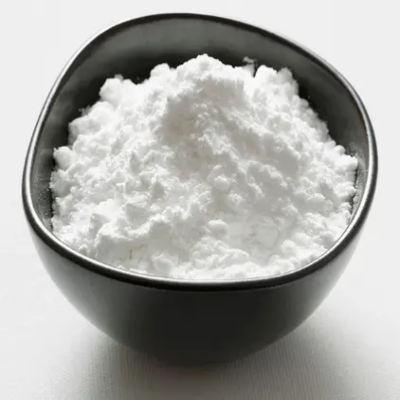
(2,2′-BIPYRIDINE)DICHLOROPALLADIUM(II) CAS:14871-92-2
(2,2′-BIPYRIDINE)DICHLOROPALLADIUM(II) is a complex compound containing a central palladium atom coordinated by two molecules of 2,2′-bipyridine and two chloride ions. It is commonly used as a catalyst in various organic synthesis reactions due to its ability to facilitate carbon-carbon and carbon-heteroatom bond formations. The compound is known for its stability and selectivity in catalytic processes, making it a valuable tool in both academic research and industrial applications.
-
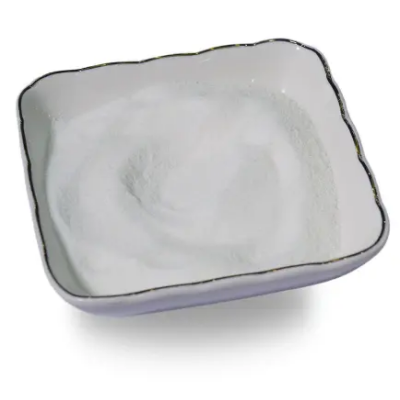
Platinum(0)-1,3-divinyl-1,1,3,3-tetramethyldisiloxane CAS:68478-92-2
Platinum(0)-1,3-divinyl-1,1,3,3-tetramethyldisiloxane is a complex compound featuring a platinum(0) center coordinated with 1,3-divinyl-1,1,3,3-tetramethyldisiloxane ligands. This compound is recognized for its role as a catalyst in various organic synthesis reactions. Its unique structure and platinum(0) core confer stability and catalytic activity, making it an essential component in the preparation of organic molecules.
-
![5-Methyl-4,7-diazaspiro[2.5]octan-6-one CAS:](https://cdn.globalso.com/xindaobiotech/@KXYTC_DK6YAW1Z7LU92.png)
5-Methyl-4,7-diazaspiro[2.5]octan-6-one CAS:
5-Methyl-4,7-diazaspiro[2.5]octan-6-one is a significant compound in organic synthesis, featuring a spirocyclic structure with a diaza ring system and a ketone functionality. This chemical holds importance as a versatile intermediate in organic chemistry, offering strategic functionality for synthesizing diverse organic compounds. Its unique structural features make it valuable in medicinal chemistry and pharmaceutical research, where it serves as a precursor for bioactive molecules and drug candidates. Through precise manipulation and control over reactions, 5-Methyl-4,7-diazaspiro[2.5]octan-6-one facilitates the synthesis of complex molecular structures, contributing to advancements in medicinal chemistry and related fields.
-
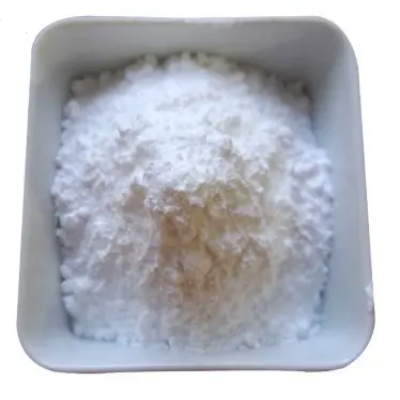
Methyl1-acetylcyclopropanecarboxylate CAS:38806-09-6
Methyl 1-acetylcyclopropanecarboxylate is a significant compound in organic chemistry, characterized by a cyclopropane ring with an acetyl and a methyl ester group. This chemical holds importance as a versatile building block in organic synthesis, offering unique reactivity and structural motifs for the creation of diverse compounds. Its distinct molecular structure makes it valuable in medicinal chemistry, agrochemicals, and materials science research. Methyl 1-acetylcyclopropanecarboxylate’s compatibility with various reaction conditions enables its efficient incorporation into complex molecular frameworks, contributing to advancements across multiple scientific disciplines.
-
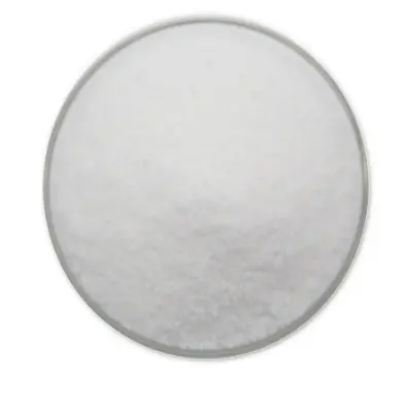
ethyl 5-tert-butylpicolinate CAS:2387019-64-7
Ethyl 5-tert-butylpicolinate is a significant compound in organic chemistry, featuring a tert-butyl group attached to a pyridine ring. This chemical serves as a versatile intermediate in the synthesis of various organic compounds. Its unique structure and functional groups make it valuable in medicinal chemistry, agrochemicals, and materials science research. Ethyl 5-tert-butylpicolinate’s reactivity and compatibility with different reaction conditions enable its efficient incorporation into complex molecular frameworks, contributing to advancements in diverse scientific disciplines.
-
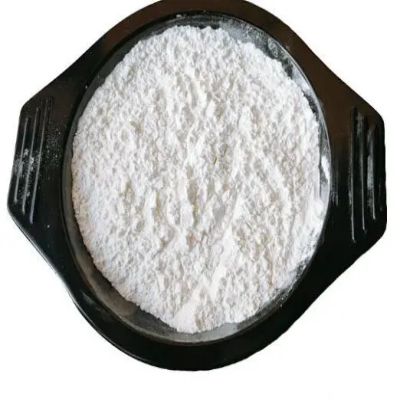
Ethyl trans-1-Boc-4-hydroxypyrrolidine-3-carboxylateCAS:849935-83-7
Ethyl trans-1-Boc-4-hydroxypyrrolidine-3-carboxylate is a significant compound in organic synthesis, featuring a pyrrolidine ring, an ethyl ester group, and a tert-butoxycarbonyl (Boc) protecting group. This molecule serves as a versatile intermediate in organic chemistry, offering strategic functionality for the synthesis of diverse organic compounds. Its structural attributes make it particularly useful in pharmaceutical research, where it serves as a building block for the creation of bioactive molecules and drug candidates. With careful manipulation and precise control over reactions, Ethyl trans-1-Boc-4-hydroxypyrrolidine-3-carboxylate facilitates the synthesis of complex molecular structures, contributing to advancements in medicinal chemistry and related fields.
-
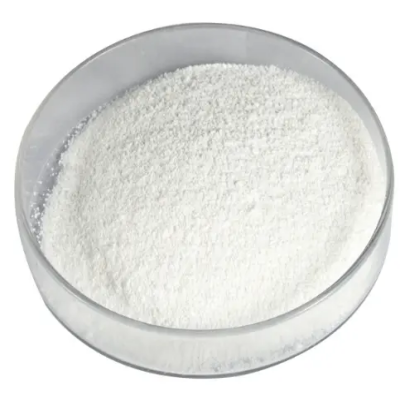
ethyl 7-methoxyquinoline-3-carboxylate CAS:71082-46-7
Ethyl 7-methoxyquinoline-3-carboxylate is a notable compound in organic synthesis, featuring a quinoline ring with a methoxy group and an ethyl ester functionality. This chemical holds significance as a versatile building block in organic chemistry, offering unique reactivity and structural motifs for the creation of diverse compounds. Its distinct molecular structure makes it valuable in medicinal chemistry, agrochemicals, and materials science research. Ethyl 7-methoxyquinoline-3-carboxylate’s compatibility with various reaction conditions enables its efficient incorporation into complex molecular frameworks, contributing to advancements across multiple scientific disciplines.
-
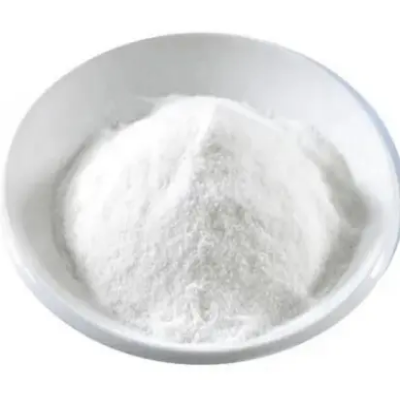
cis-2-(Fmoc-amino)-cyclohexanecarboxylic acid CAS:194471-85-7
cis-2-(Fmoc-amino)-cyclohexanecarboxylic acid is a significant compound in organic chemistry, featuring a cis-configuration, an Fmoc (9-fluorenylmethyloxycarbonyl) protecting group, and an amino acid structure. This molecule serves as a crucial component in peptide synthesis and biochemical research. With its unique combination of functionalities, cis-2-(Fmoc-amino)-cyclohexanecarboxylic acid facilitates the controlled assembly of peptide sequences, offering versatility and precision in peptide design. Its application extends to diverse areas, including drug development, proteomics, and materials science, where tailored peptides are essential for understanding biological processes and engineering novel biomaterials.
-
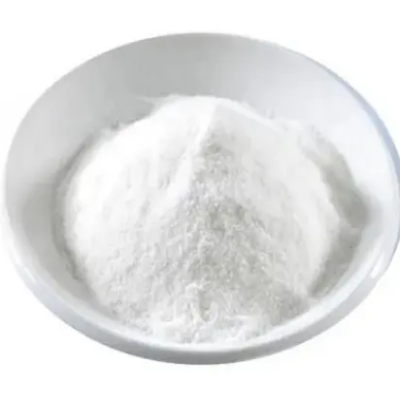
cis-2-Amino-cyclohexanecarboxylic acid ethyl ester hydrochloride CAS:1127-99-7
cis-2-Amino-cyclohexanecarboxylic acid ethyl ester hydrochloride is a notable compound in organic synthesis, featuring a cyclohexane ring with an amino group and an ethyl ester functionality, along with a hydrochloride salt. This compound holds significance as a versatile intermediate in organic chemistry, offering strategic functionality for the synthesis of diverse organic compounds. Its unique structural features make it particularly valuable in medicinal chemistry and pharmaceutical research, where it serves as a building block for the creation of bioactive molecules and drug candidates. With careful manipulation and precise control over reactions, cis-2-Amino-cyclohexanecarboxylic acid ethyl ester hydrochloride facilitates the synthesis of complex molecular structures, contributing to advancements in medicinal chemistry and related fields.
-
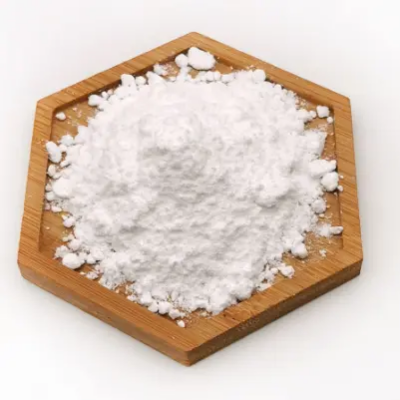
Chroman-3-ylmethanaminehydrochloride CAS:113771-75-8
Chroman-3-ylmethanaminehydrochloride is a notable chemical compound featuring a chromane ring structure with a methanamine moiety and a hydrochloride salt. This compound holds significance in organic synthesis and pharmaceutical research due to its unique structural features and versatile applications. With its chromane scaffold and amino group, it serves as a valuable intermediate for the synthesis of biologically active compounds and pharmacological agents. Chroman-3-ylmethanaminehydrochloride’s reactivity and compatibility with various reaction conditions make it a key building block in the development of novel drug candidates and functional materials.

